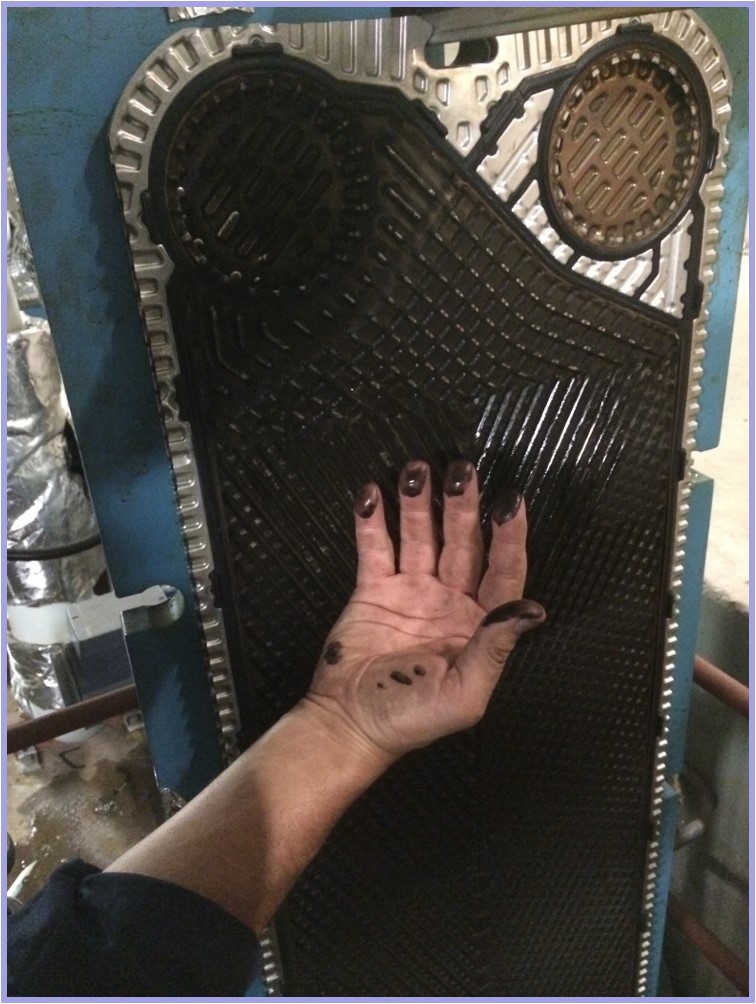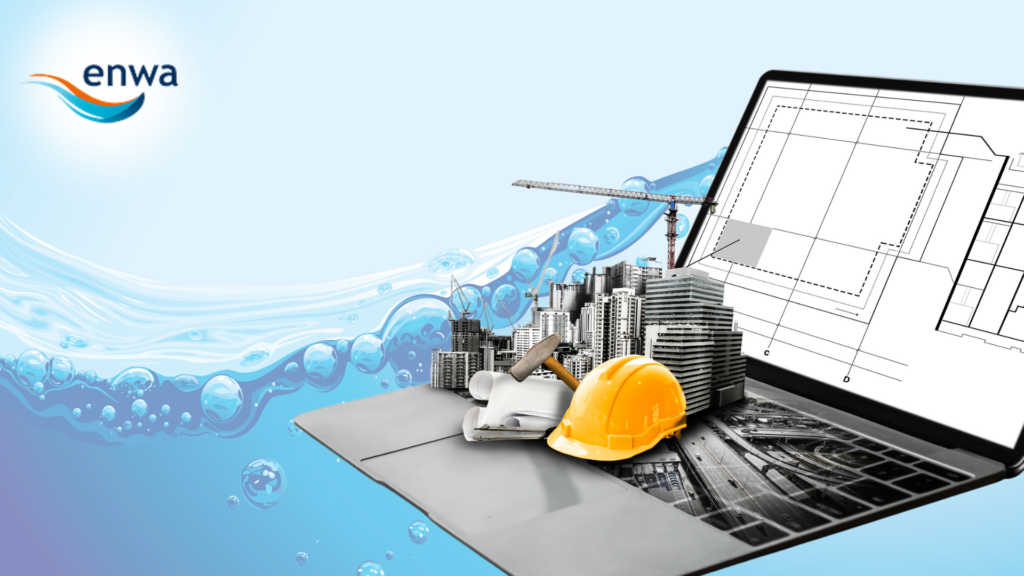Enwa explain why it’s so important to consider water treatment as part of building refurbishments. Its impact on long-term energy efficiency is significant – and protects your investment in new HVCA equipment.
Building refurbishment is reaching peak levels across the UK. The driver is the pursuit of higher energy efficiency and lower carbon emissions in the built environment. In commercial real estate and public sector buildings alike, the stage is set for significant changes as building owners and managers re-set their buildings for a low-carbon future.
HVAC systems impact the energy use and whole-life carbon of all types of buildings, whether that’s an office, a hospital or a university. Updating can involve replacement of fossil-fuel heating systems with heat pumps, updating older boilers or in the case of hospitals, de-steaming.
Whatever the refurbishment project involves, Enwa believes that water treatment should be considered a critical element. Unfortunately, it can be overlooked, yet the right approach can make system upgrades more straightforward. Ensuring better ongoing energy performance and easier maintenance.
Often, a refurbishment project can raise unexpected issues around water quality that negatively impact the effectiveness of upgrades.
Historical Debris
For instance, it may be impractical to refurbish a building’s entire distribution network, so the project may focus on only one section. This can lead to the release of historical debris into the system contaminating new equipment.
As a result, the water’s transport characteristics are reduced, impacting the efficiency of equipment such as boilers, chillers and plate heat exchangers. Pumps will also have to work harder to meet demands or overcome local flow restrictions. Together, these issues will reduce the effectiveness of energy efficiency refurbishment.
Another issue that can arise from the refurbishment of HVAC systems is that newer equipment is designed to be more efficient with smaller plant and thinner, narrower waterways. This is excellent for better system efficiencies.

However, any build-up of scaling, corrosion or bacterial contamination can soon take hold. The problem is magnified when new components are retrofitted to existing pipe systems which can often be the case in older buildings.
Water Treatment and Energy Efficiency
Enwa’s team of engineers has worked on many refurbishment projects to help clients overcome these problems. The EnwaMatic® Side Stream Filtration and Water Treatment system is particularly useful for these retrofit scenarios as it’s preventative rather than reactive. As a result, water-side components are protected from physical, chemical and biological processes that would otherwise impair their efficiency and reduce their lifetime operation.
The automated Enwa Side Stream approach provides pH regulation, corrosion inhibition, and scale control, providing a harsh environment for bacterial growth. It combines a self-regulating water conditioning process. Responding dynamically to the quality and quantity of water. Combined with advanced side stream filtration that removes debris down to less than 10 microns.
We believe that water treatment is an inherent part of any energy efficient HVAC system. That today’s modern, low-carbon technologies, such as heat pumps, should be supported with the latest water treatment technology for long life and effectiveness.
Clean water lies at the heart of a reliable and efficient heating or cooling system. Preventing problems, not just removing their symptoms, is key to an effective water treatment strategy in an energy efficient and low-carbon building.







